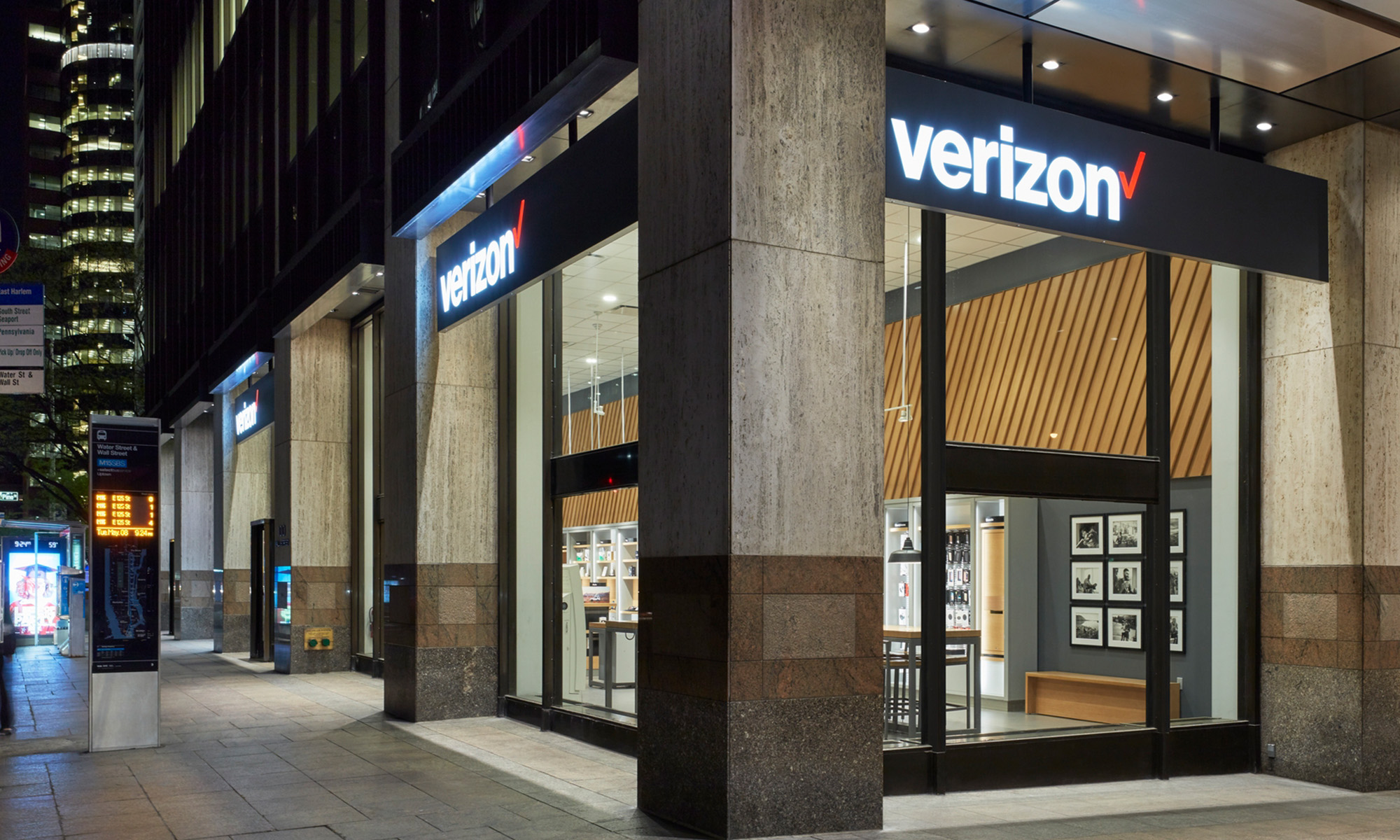Handset owners love LTE. Or at least that's what Verizon's (VZ 1.05%) chief technical officer for wireless, Nicola Palmer, wants us to believe. You can bet that Acme Packet (APKT +0.00%) CEO Andy Ory hopes she's right.
Speaking at this week's CTIA MobileCon conference in San Diego , Palmer said about 35% of user data is now delivered over LTE and should reach 50% soon, after Verizon brings the service to 21 new cities next week. Here's why that matters: only 11 million LTE customers account for that usage, or about 12% of its post-paid subscriber base.
We don't yet have figures from AT&T (T 1.01%) and Sprint Nextel (S +0.00%), but does anyone believe the uptake is much different? LTE speeds allow mobile users to connect to services that previously might have required a wired connection, such as video chat. The promise of high-functioning software operating at hyperspeed is a key selling point of Apple's (AAPL 0.93%) recently introduced iPhone 5.
But even if LTE looks appealing now, opinions could change without serious upgrading of the backbone that moves data across the Web. LTE operates at the Web's fringes.
Think of a tunnel where openings on each end are generous and wide, with ample room for cars to enter. But then, once inside, they're all crammed into a single line. (Anyone who remembers navigating Boston's Sumner Tunnel in the late '80s or early '90s will know what I'm talking about.)
This is where LTE breaks down. Fast entry and exit mean nothing if data slows to a crawl as it traverses the crowded thoroughfares of the Web's backbone, where carriers' networks come together pass data through the tollbooths in between. Acme Packet connects these break points in the Web to make them faster and more efficient. More LTE should equal increased demand for Acme Packet products.
Ory said in a September presentation at a Deutsche Bank conference:
People's handsets [are] becoming broadband IP and people [want] video services, voice and video services off of those devices. The term people use is VoLTE. I think that's going to ... impact our business positively globally, as well as in North America in 2013. We don't expect to see real VoLTE subs start to scale until 2014. But it's about 9 months or so to select and deploy these kinds of technology, so that would require 2013 purchasing.








